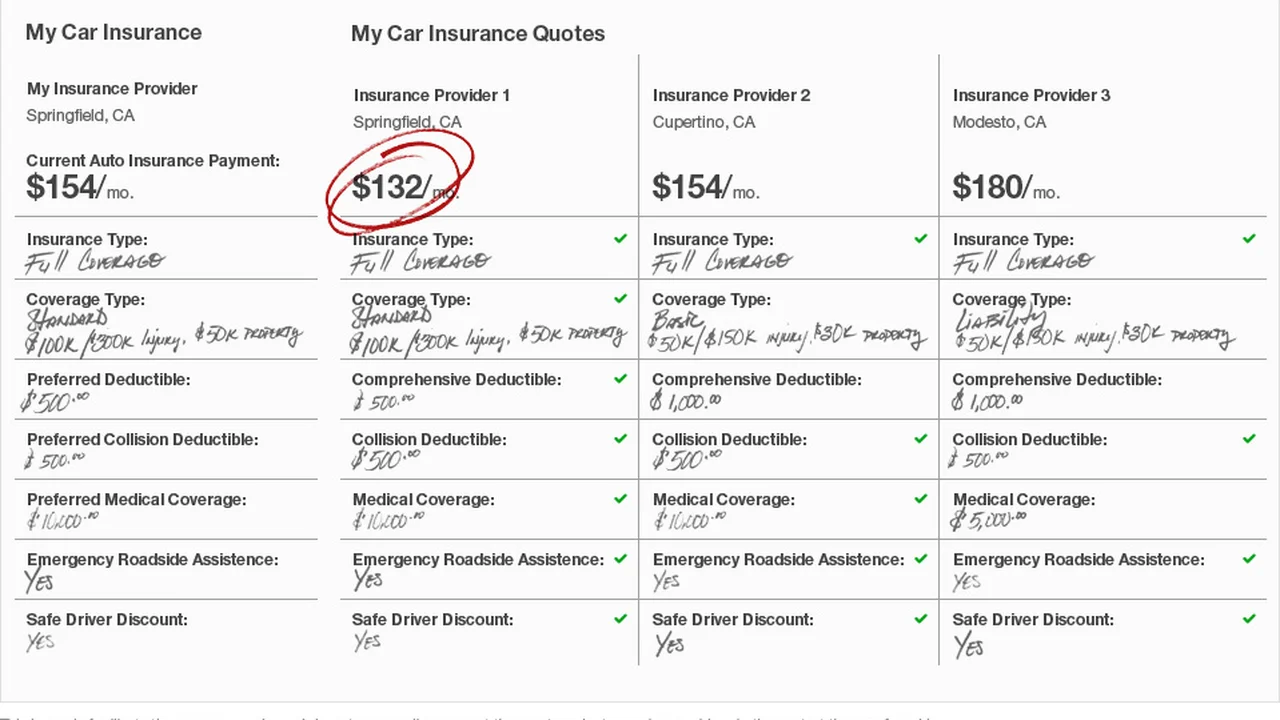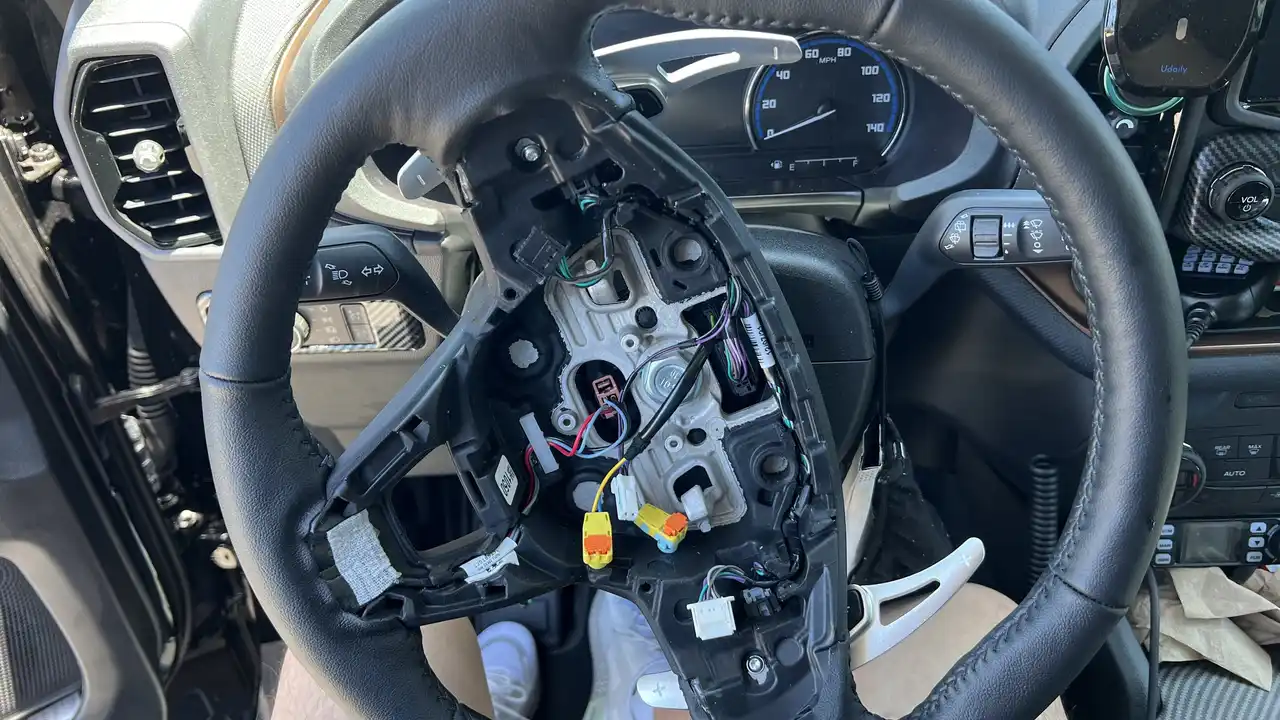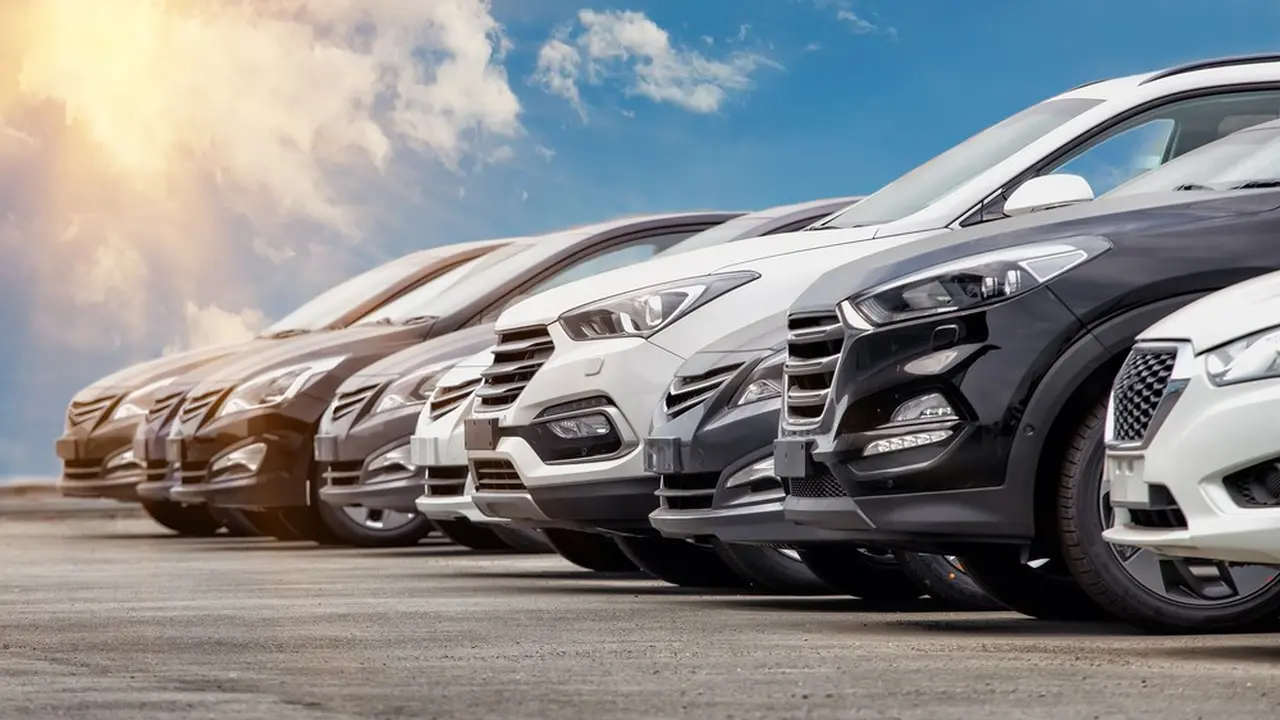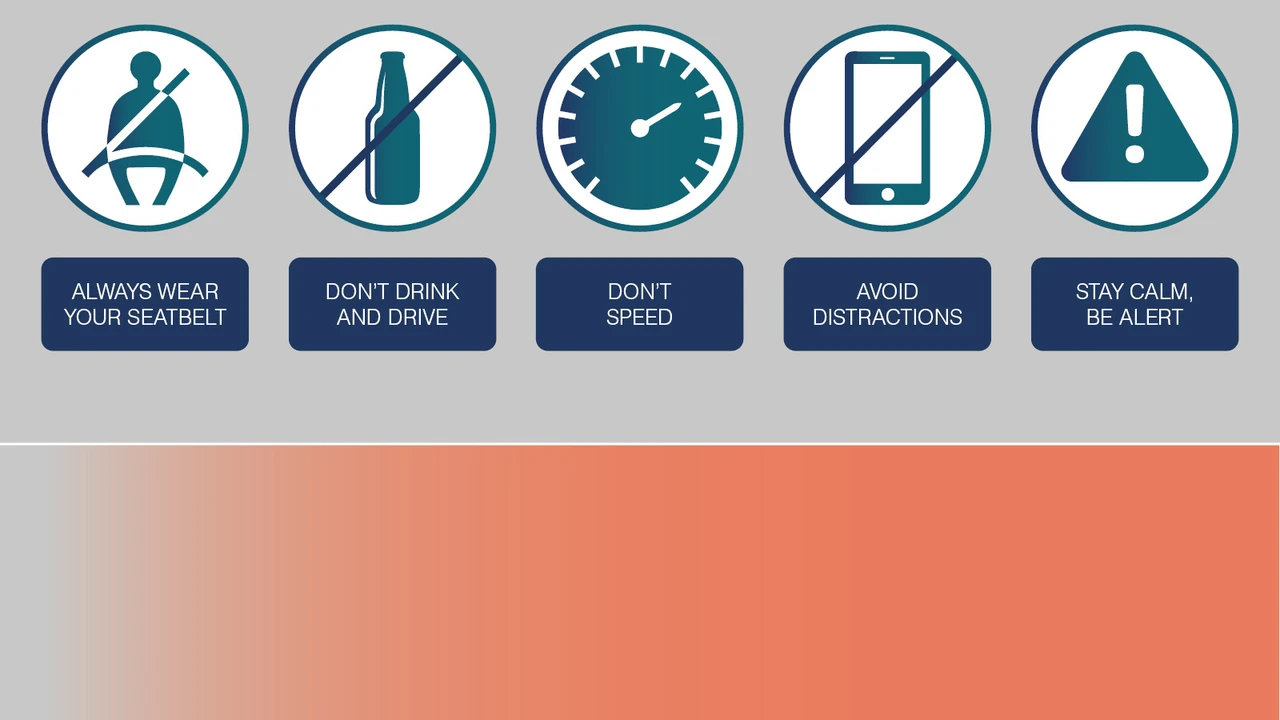Safe Driving in Adverse Weather Conditions: Rain, Snow, and Ice
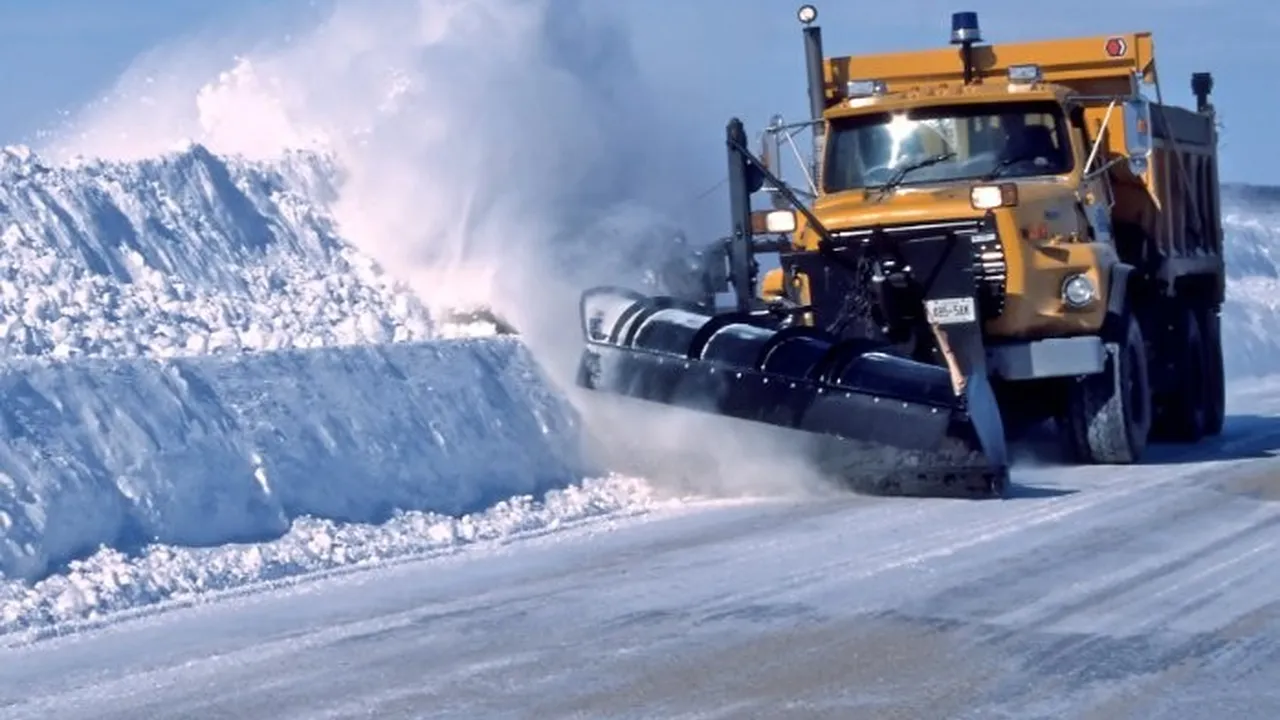
Understanding the Risks of Driving in Bad Weather Conditions: Rain, Snow & Ice Safety Tips
Alright, let's talk about something we all dread: driving when the weather's gone bonkers. Rain, snow, ice – they're not just inconvenient, they're downright dangerous. We’re going to break down the risks and give you some solid tips to stay safe on the road. Seriously, pay attention, this could save your life (or at least your car!).
The Perils of Rain: Reduced Visibility and Hydroplaning
Rain is a biggie. Reduced visibility is the obvious one. You can barely see two feet in front of you sometimes. But the real sneaky danger is hydroplaning. That's when your tires lose contact with the road surface because of a layer of water. You basically become a human puck on an ice rink (except with a two-ton metal box). It’s scary stuff.
Snow and Ice: Loss of Traction and Control
Snow and ice? Even worse. Traction goes out the window. You're sliding all over the place, braking distances increase dramatically, and steering becomes a suggestion rather than a command. Black ice? The silent killer. You can't even see it until you're already spinning.
Pre-Trip Vehicle Preparation for Inclement Weather: Winter Tires, Windshield Wipers & More
Before you even think about hitting the road, you need to prep your ride. This isn't just about checking the oil; it's about making sure your car is ready to handle the elements.
Tire Talk: Winter Tires vs. All-Season Tires
First up: tires. Are you rocking all-season tires? Okay, they're *okay* for light snow. But if you live anywhere that gets serious winter weather, you need winter tires. Seriously. They have a special rubber compound that stays pliable in cold temperatures and a tread pattern designed to grip snow and ice. The difference is night and day. Think of it like this: all-season tires are like sneakers, winter tires are like snow boots. Which one do you want to wear in a blizzard?
Product Recommendation: Bridgestone Blizzak LM-60. These are a popular choice for their excellent ice and snow traction. They're a bit pricier, around $150-$250 per tire, but worth the investment for the added safety. Perfect for sedans and smaller SUVs used in urban environments with moderate snow. Alternative: Michelin X-Ice Snow. These offer slightly better longevity and are a good choice for longer commutes where you'll be racking up the miles. They run in a similar price range. Comparison: Blizzaks are known for their initial bite on ice, while X-Ice Snow tires tend to perform consistently well over their lifespan. Consider your driving style and typical conditions when choosing.
Wiper Blade Wisdom: Choosing the Right Windshield Wipers for Rain and Snow
Next up: wiper blades. Streaky wipers are useless. Get good quality blades that can handle rain, snow, and ice. Consider beam blades (the ones without the metal frame) – they tend to perform better in winter conditions because they don't ice up as easily. And don't forget the rear wiper if you have one!
Product Recommendation: Bosch ICON wiper blades. These are a premium option, costing around $20-$30 per blade, but they're known for their durability and streak-free performance. They're great for all weather conditions. Alternative: Rain-X Latitude Water Repellency Wiper Blades. These are a good mid-range option that also apply a water-repelling coating to your windshield. They're a bit cheaper than the Bosch ICONs. Comparison: Bosch ICONs are more about overall durability and performance, while Rain-X Latitudes offer the added benefit of water repellency. Choose based on your budget and preference.
Fluid Levels and Lights: Checking Your Vehicle Before Driving in Adverse Conditions
Don't forget the basics! Check your antifreeze levels, make sure your headlights and taillights are working properly, and top off your windshield washer fluid. Use a winter-specific washer fluid that won't freeze.
Safe Driving Techniques in Rain: Reducing Speed, Increasing Following Distance and Headlight Use
Okay, your car is prepped. Now let's talk about *how* to drive safely in the rain.
Slow Down: Adjusting Speed for Wet Road Conditions
First and foremost: slow down! Seriously. The posted speed limit is for ideal conditions, not a monsoon. Give yourself plenty of time to react to hazards. Reducing your speed significantly increases your chances of avoiding an accident.
Following Distance: Maintaining a Safe Distance From Other Vehicles in the Rain
Increase your following distance. The "three-second rule" goes out the window in the rain. Double it, maybe even triple it. You need more time to stop if the car in front of you slams on the brakes.
Headlights On: Enhancing Visibility in Rainy Weather
Turn on your headlights. Even during the day. It makes you more visible to other drivers. And if visibility is really bad, consider using your low beams (high beams can actually make things worse in heavy rain by reflecting off the water droplets).
Hydroplaning: What to Do When You Lose Control of Your Vehicle
If you start to hydroplane, don't panic! Ease off the accelerator, don't slam on the brakes, and steer gently in the direction you want to go. The goal is to regain traction gradually. Slamming on the brakes or jerking the steering wheel will only make things worse.
Driving Safely in Snow and Ice: Gentle Acceleration, Controlled Braking & Steering Techniques
Snow and ice require a different set of skills. It's all about being smooth and controlled.
Gentle Acceleration and Braking: Avoiding Skidding on Slippery Surfaces
Accelerate and brake gently. No sudden movements. Think of it like you're driving with a cup of coffee balanced on your dashboard. You want to avoid spilling it (or losing control of your car).
Steering Techniques: Maintaining Control on Icy Roads
Steer smoothly and deliberately. Avoid sharp turns. If you start to skid, steer in the direction of the skid. It sounds counterintuitive, but it's the best way to regain control.
Black Ice Awareness: Identifying and Avoiding the Silent Killer
Be extra cautious on bridges and overpasses, where black ice is more likely to form. If you suspect black ice, slow down and be prepared to react.
Essential Winter Driving Gear: Ice Scrapers, Snow Brushes, and Emergency Kits
Besides prepping your car, you also need to have the right gear on hand.
Ice Scrapers and Snow Brushes: Keeping Your Windshield Clear for Optimal Visibility
An ice scraper and snow brush are essential. Don't be that person driving with a tiny peephole in their windshield. Clear the entire windshield, all windows, and mirrors.
Emergency Kits: Being Prepared for Unexpected Situations on the Road
An emergency kit is a must-have. Include things like a flashlight, jumper cables, a first-aid kit, a blanket, snacks, and water. You never know when you might get stranded.
Product Recommendation: AAA Roadside Emergency Kit. This kit includes jumper cables, a tow rope, a flashlight with batteries, a first aid kit, a blanket, and other essential items. It costs around $50-$70. Alternative: Lifeline AAA Premium Road Kit. This kit includes everything in the standard kit plus a tire inflator and a warning triangle. It costs around $80-$100. Comparison: The AAA Roadside Emergency Kit is a good basic kit, while the Lifeline AAA Premium Road Kit offers more comprehensive coverage. Choose based on your budget and the level of preparedness you desire.
Advanced Driving Technologies for Adverse Weather: ABS, Traction Control, and AWD Systems
Modern cars have a lot of technology that can help you stay safe in bad weather.
Anti-lock Braking System (ABS): Preventing Wheel Lock-Up During Hard Braking
ABS (Anti-lock Braking System) prevents your wheels from locking up during hard braking. This allows you to maintain steering control even when slamming on the brakes. If you feel the ABS kicking in (a pulsating sensation in the brake pedal), don't let up on the brakes. Keep your foot firmly planted and steer around the obstacle.
Traction Control Systems: Minimizing Wheel Spin for Better Grip
Traction control helps prevent wheel spin, which can be a lifesaver on slippery surfaces. It works by reducing engine power or applying the brakes to the spinning wheel. This helps maintain traction and prevents you from losing control.
All-Wheel Drive (AWD) vs. Four-Wheel Drive (4WD): Understanding the Differences
AWD (All-Wheel Drive) and 4WD (Four-Wheel Drive) both provide power to all four wheels, but they do it in different ways. AWD is typically automatic and designed for on-road use in slippery conditions. 4WD is usually manually engaged and designed for off-road use in more extreme conditions. AWD is great for snow and ice, while 4WD is better for deep mud or snow.
Staying Informed: Checking Weather Forecasts and Road Conditions Before You Travel
Before you even leave the house, check the weather forecast and road conditions. Don't rely on your gut feeling. Use reliable sources like the National Weather Service or your local news. If the conditions are really bad, consider postponing your trip.
Making the Right Decision: When to Postpone or Cancel Your Trip Due to Inclement Weather
Sometimes, the best decision is not to drive at all. If the weather is really bad, don't be afraid to postpone or cancel your trip. It's better to be safe than sorry. Your life is worth more than getting to your destination on time.
Drive safe out there!
:max_bytes(150000):strip_icc()/277019-baked-pork-chops-with-cream-of-mushroom-soup-DDMFS-beauty-4x3-BG-7505-5762b731cf30447d9cbbbbbf387beafa.jpg)



